With acres of fruit and vegetables going unpicked in southern Israel, where entire farming communities were evacuated following the terror attack on October 7, one company believes it could have at least part of the solution.
Israeli startup MetoMotion, which is based in the northern city of Yokneam Illit, has created a robot that can pick tomatoes – one of Israel’s most popular crops, with each person consuming an average of 20 kilograms every year.

The attack left Israel with a shortfall of some 30,000 farm workers, as Israelis and foreign workers from the area were evacuated and tens of thousands of Palestinian laborers are currently prevented from entering Israel.
Just days after October 7, the Agriculture Ministry warned that 70 percent of Israel’s tomato crops – inside some 4,000 acres of greenhouses in the south – could go unharvested.
And while many Israelis have answered the call to help bring in the harvest, there are simply not enough hands to gather all the crops.
But MetoMotion says its Greenhouse Robotic Worker (GRoW) device can do the job, using artificial intelligence and 3D imaging to autonomously identify and pick just the ripe tomatoes.
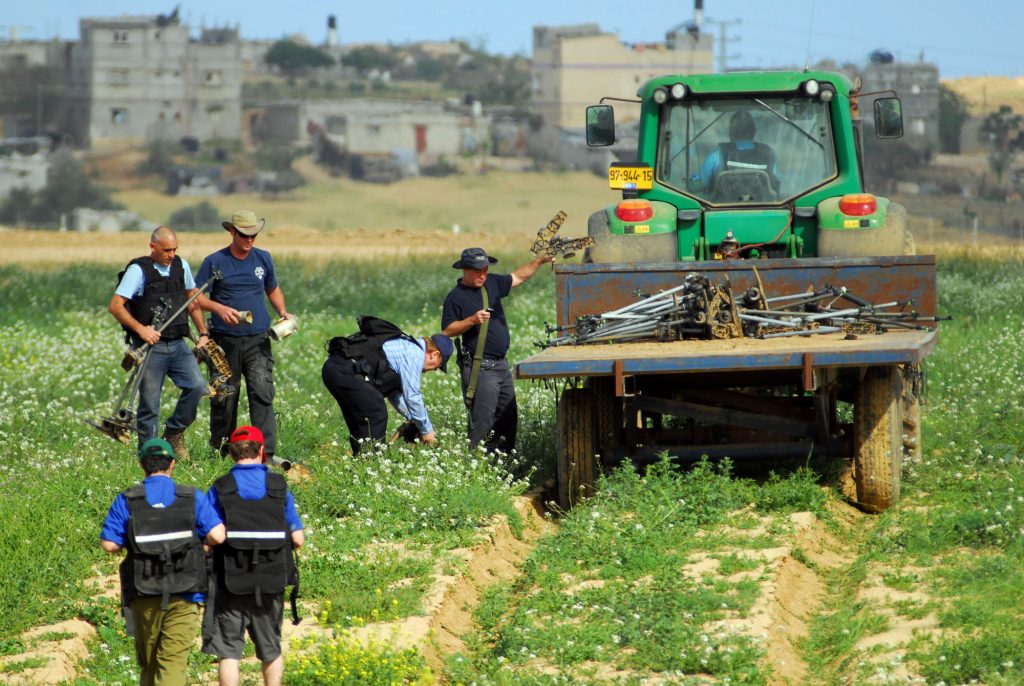
The robot, which roughly resembles a small, doorless car and is approximately 2 meters (7 feet) high, travels on tracks between rows of vines, scanning each and every piece of fruit.
Once GRoW identifies and locates the tomatoes ready for harvest, it uses two robotic arms – one on either side – to gently pick the crops on both sides of the row without damaging them.
The tomatoes are then placed on the conveyor belt contained within the central part of the machine, which delivers them to crates located in a detachable packing area at the rear of the robot.
Farmers use an accompanying mobile app to preset which tomatoes the robot will pick and select the exact areas it wants the GRoW to comb through that day.
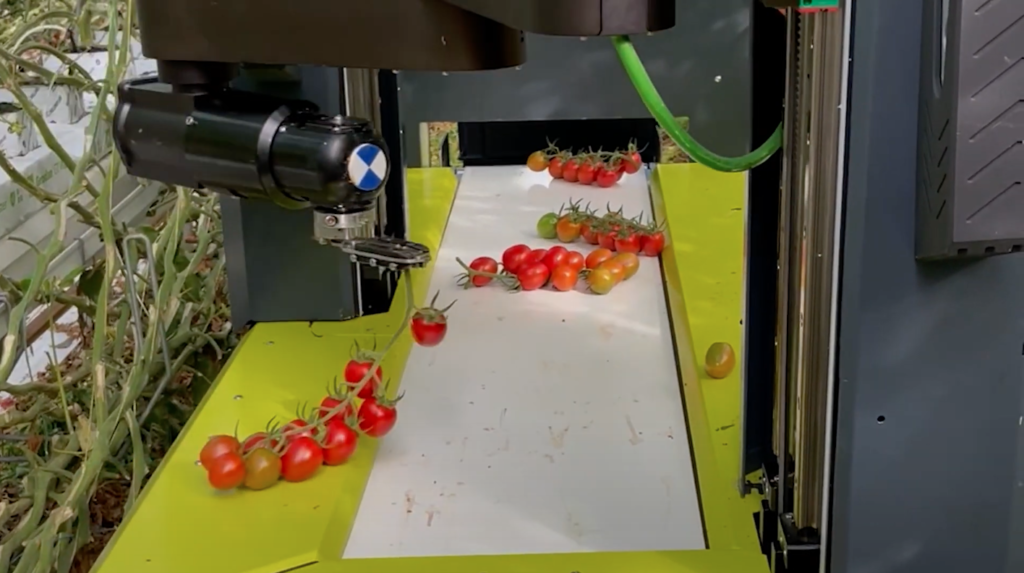
“Starting at the beginning of each row, GRoW picks autonomously, according to the level of ripeness selected by the farmer,” says Moty Schwartz, Chief Operations Officer at MetoMotion.
The company was already planning to begin operations in southern Israel when the attack happened.
It received a grant from the Israel Innovation Authority to embark on a national pilot, which began several months ago on Kibbutz Alumim, one of the southern communities along the Israel-Gaza border.
The kibbutz and the company spent months building the foundation for the greenhouse and preparing the robots, and planned on planting tomato seeds in October, which would have taken less than three months to mature.
But like many Israeli startups and companies, its activities were interrupted after the Hamas terrorists infiltrated the southern border communities – including Kibbutz Alumim. The greenhouse was about 400 meters from the border, and was torched by the terrorists rampaging through the area.
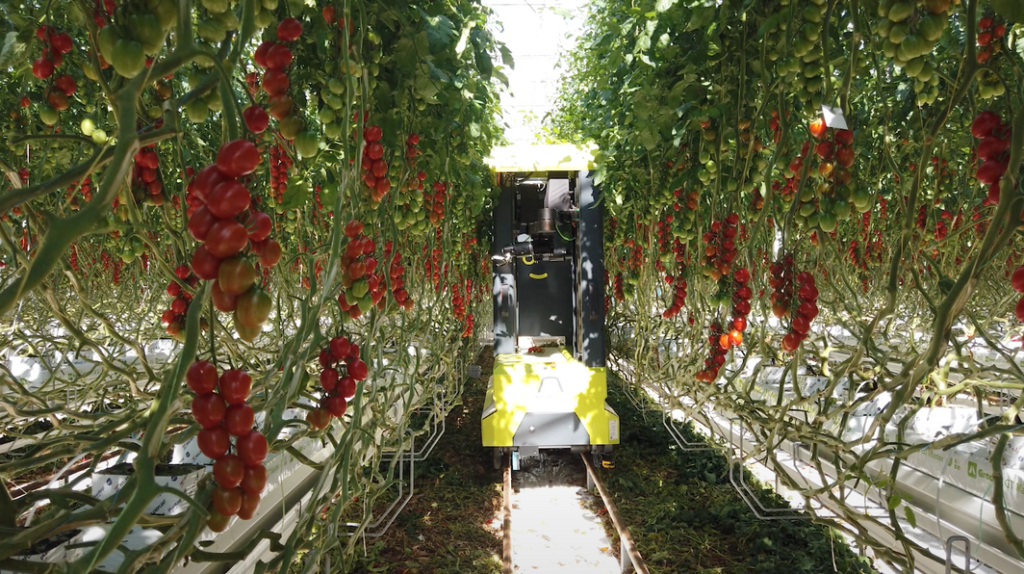
Following the tragedy, the farmers of both Kibbutz Alumim and Kibbutz Be’eri – which was hard hit in the attack – reached out to MetoMotion with the aim of establishing joint commercial greenhouses using the startup’s robot to help rebuild.
“One of the things that defines us as Israelis is that we always rise up, even when we’re in the lowest place,” says Schwartz.
Sign up for our free weekly newsletter
Subscribe“One of our partners at Alumim lost his son on October 7. Less than 30 days later, he was already looking ahead to see how he could rebuild the tomato greenhouses.”
MetoMotion says that its proprietary robot can reduce labor hours by 80 percent and cut harvesting and labor costs in half.
“The GRoW robot picks tomatoes as quickly as a trained worker, and can even be faster,” says Schwartz.
The robot is also designed to halt and issue an alert when it encounters any obstacles as it trundles between the rows.
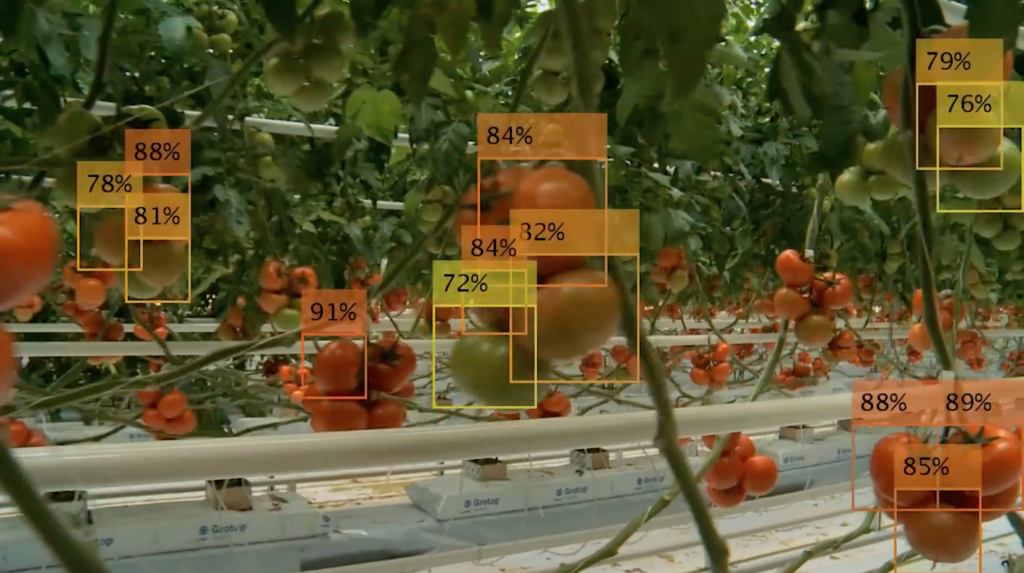
And in addition to picking the fruit, Schwartz says, the GRoW has another important job: gathering data. It absorbs a variety of information every time it picks a tomato, including its weight and where exactly in the row it was picked.
The data is saved to the cloud, and the farmer can view all the information the robot has gathered, including the amount and location of the tomatoes it picked that day, their combined weight, and the location of the insufficiently ripened tomatoes it chose to keep on the vine for another day.
The tomatoes in each cluster do not grow at the same rate, and by informing the farmer of the ones that are still unpicked, the GRoW robot can return to them when they have ripened, and better plan which rows should be inspected for harvest the next day.
“Data collected each day from the robot is displayed in the mobile application to help the farmer plan the next day’s work,” explains Schwartz.
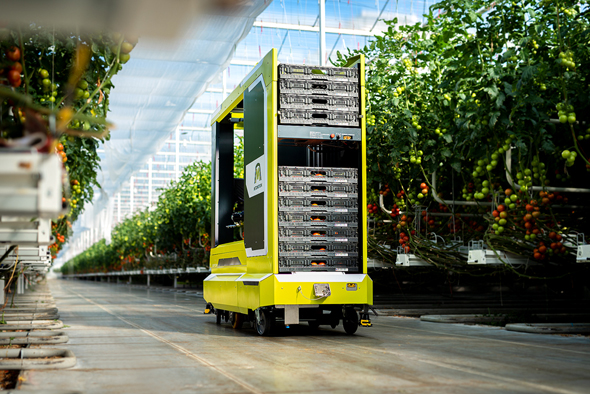
However, the process is not yet completely autonomous, he says. Each time a GRoW reaches the end of a row of tomatoes, workers have to disconnect the rear trailer containing the freshly harvested tomatoes and replace it with an empty one. They also need to manually place the robot at the start of each row.
“As soon as the robot is placed on the track, it drives itself, selects, picks and packs the tomato vines, completely autonomously,” says Schwartz.
The rear trailers also include the batteries that power the robot. It only takes a couple of hours to charge, and because the trailer needs to be switched out after every row, the robot has almost constant power as each battery is kept fully charged.
MetoMotion, which was founded in 2017, has already supplied European farmers. Several GRoW machines have been delivered to RedStar, a leading tomato grower in the Netherlands. Greenhouses in France and Finland are also expecting their own robots in the coming months.
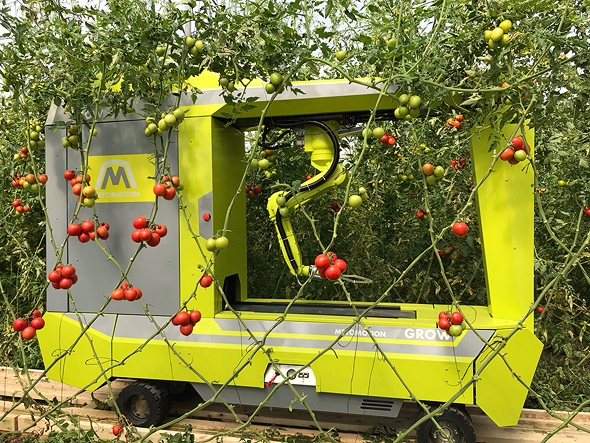
And while other companies have developed tomato-picking robots, such as the Netherlands-based Certhon, Schwartz says that the GRoW robot is the most advanced and autonomous of its kind.
The MetoMotion technology could be used to pick other vegetables, albeit with some adjustments to the robot and its digital brain.
״The basic infrastructure is there. The next step would be to make modifications, including to the AI, to match each vegetable,” explains Schwartz.
“It would have to learn what a cucumber is and what an eggplant is.”
Related posts

Editors’ & Readers’ Choice: 10 Favorite NoCamels Articles

Forward Facing: What Does The Future Hold For Israeli High-Tech?

Impact Innovation: Israeli Startups That Could Shape Our Future


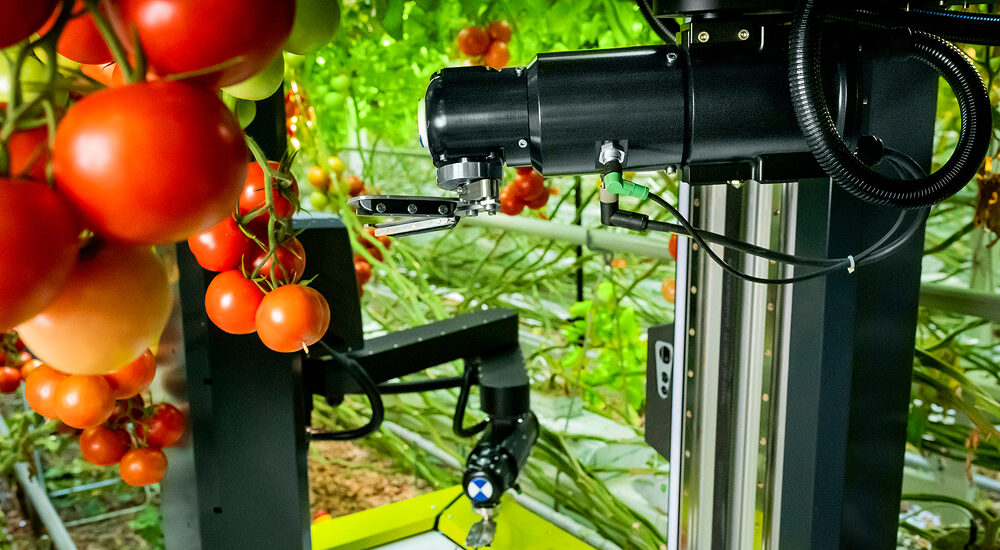

Facebook comments